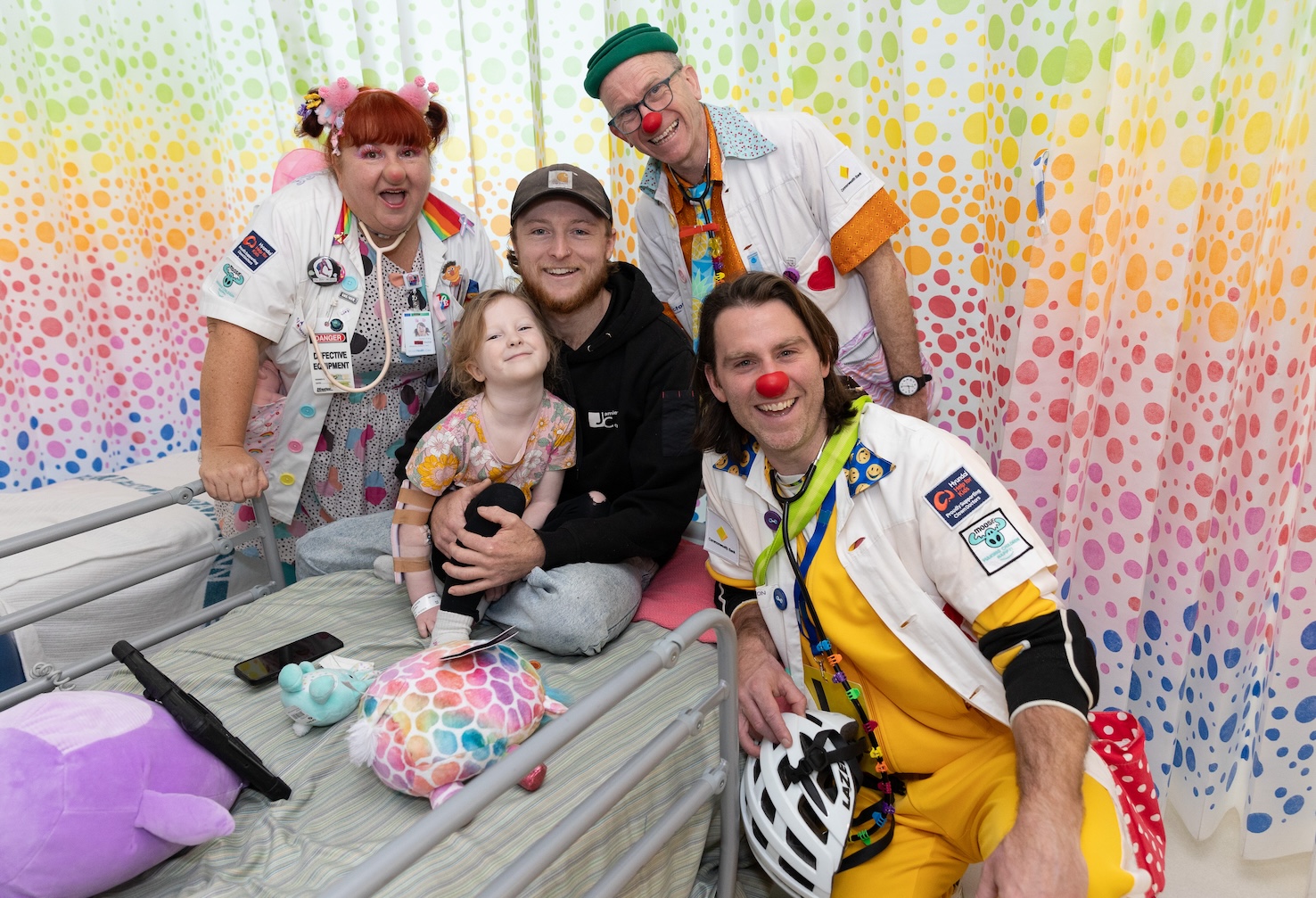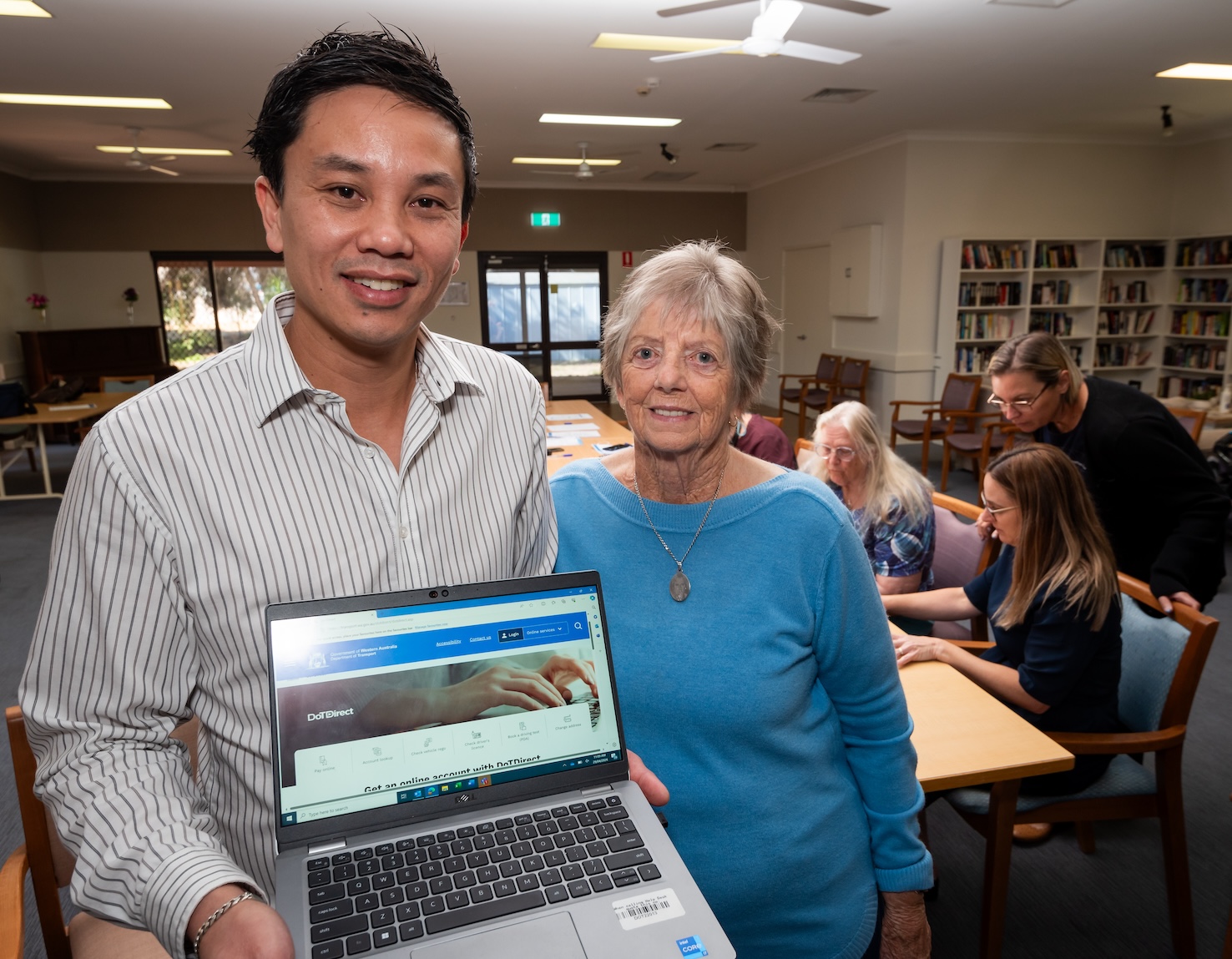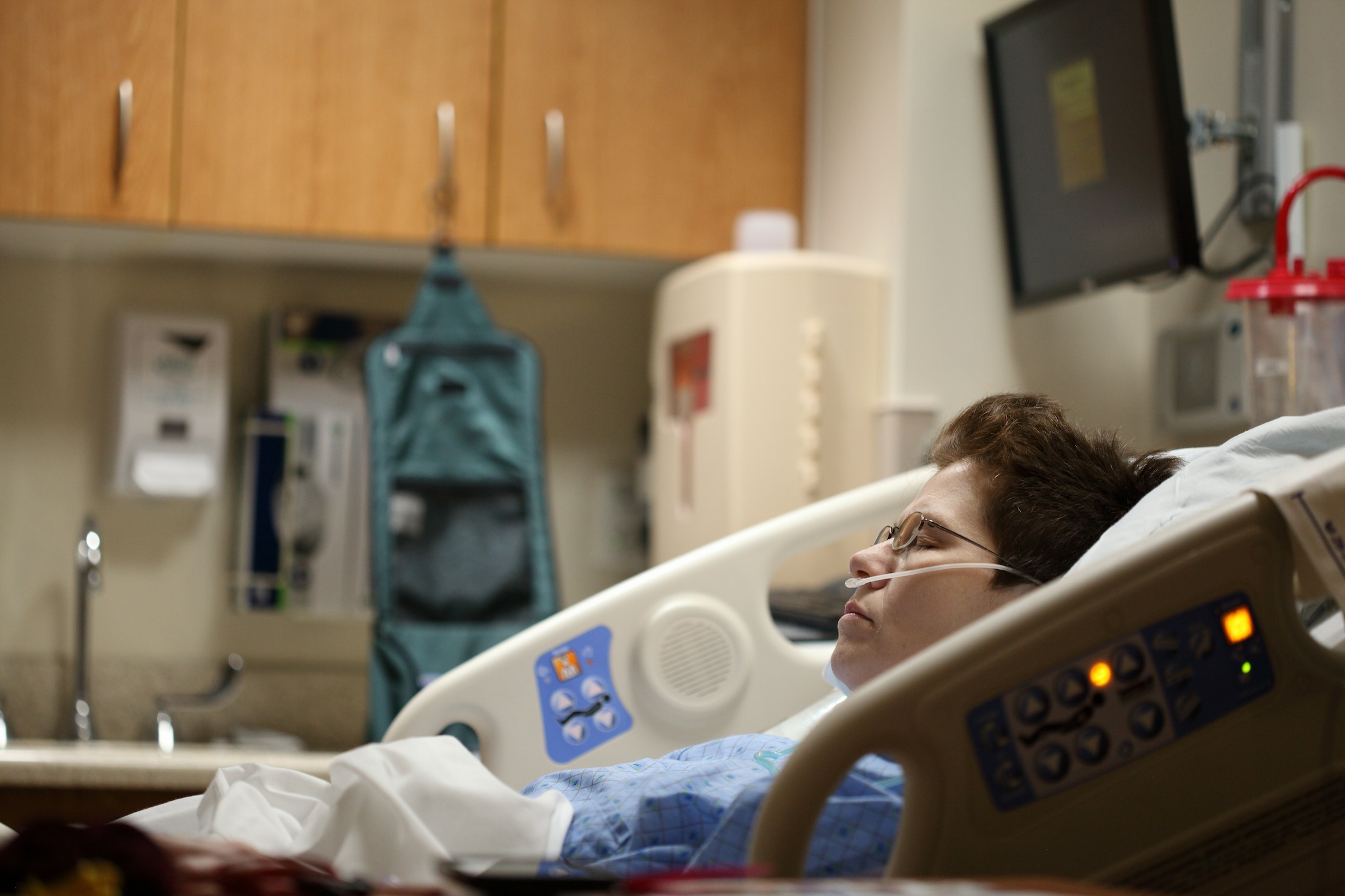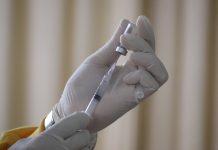Forty per cent of Australians will be diagnosed with cancer before their 85th birthday.
A cancer diagnosis normally leads to surgery to remove the tumour, followed by chemotherapy and/or radiation therapy to destroy any cancer cells missed by surgery.
Most cancers start as a small tumour somewhere in the body. Many of these don’t grow, or grow so slowly that the patient dies of something else first. Others grow more aggressively. Eventually metastasis may occur – cancer cells migrate from the tumour and start other tumours elsewhere in the body.
When metastasis occurs, the chance that surgery will be effective is much reduced. Therefore, early detection is the key to successful conventional cancer treatment.
Most vaccines are designed to prevent disease. However, messenger ribonucleic acid (mRNA) vaccines may be designed to combat an existing disease.
Dr Archa Fox, associate professor at UWA School of Molecular Sciences, explained that mRNA takes information from DNA and uses it to make specific proteins, including those involved in immune mechanisms.
“Cancer cell have different DNA to normal body cells,” she said.
mRNA vaccines are made by culturing tissue biopsies taken from cancer tumours and identifying protein fragments on the surface of cancer cells that are not present on healthy cells.
“When the mRNA is returned to the donor it trains their immune system to recognise that the cancer as not a normal part of body and it therefore attacks and destroys it.”
Personal vaccines can be manufactured for individual patients. A sample of the patient’s tumour and healthy tissue is taken. These samples are DNA-sequenced to compare differences between the DNA in the cancerous cells and the healthy cells, thus identifying mutations that drive the disease. These mutations become antigen targets in a bespoke mRNA vaccine.
Targeting multiple antigens decreases the odds that cancer cells will become resistant to the vaccine, because the immune system attacks on multiple fronts.
Ability to treat cancers no longer depends on early diagnosis; mRNA vaccines can initiate an attack on cancer cells wherever they are in the body.
“Lots of applications of mRNA vaccines are being researched. The simplest application is cancer vaccines that train the patient’s own immune system to find and destroy tumour cells,” said Dr Fox.
Once researchers have set up the mRNA manufacturing technology, they can potentially produce mRNA against any target. Manufacturing mRNA vaccines does not need living cells, making them easier to produce than most other vaccines, such as ‘flu vaccine that is incubated in eggs. However, it takes around two months to produce a mRNA vaccine.
These personalised vaccines are expensive because they must be made anew for each cancer. However, some costs involved, such as genome sequencing, are becoming cheaper.
“These mRNA vaccines are easier to design and manufacture than conventional vaccines,” said Dr Fox.
“Clinical trials of cancer mRNA vaccines are already taking place in Perth.
“However, cancer vaccines are not registered for general use yet. They first must be shown to be safe and effective in large-scale human clinical trials.”
However, regulatory bodies have already approved several mRNA COVID-19 vaccines, so there are far fewer regulatory hurdles than for other novel treatments.
mRNA cancer vaccines are not a silver bullet for all cancers, but they do offer a way of treating the disease more successfully and at later stages of the condition.





























